Community articles — Reports
Write up experiments and research with LaTeX templates for project and lab reports—including layout guidelines to help guide you through the writing process.
Recent
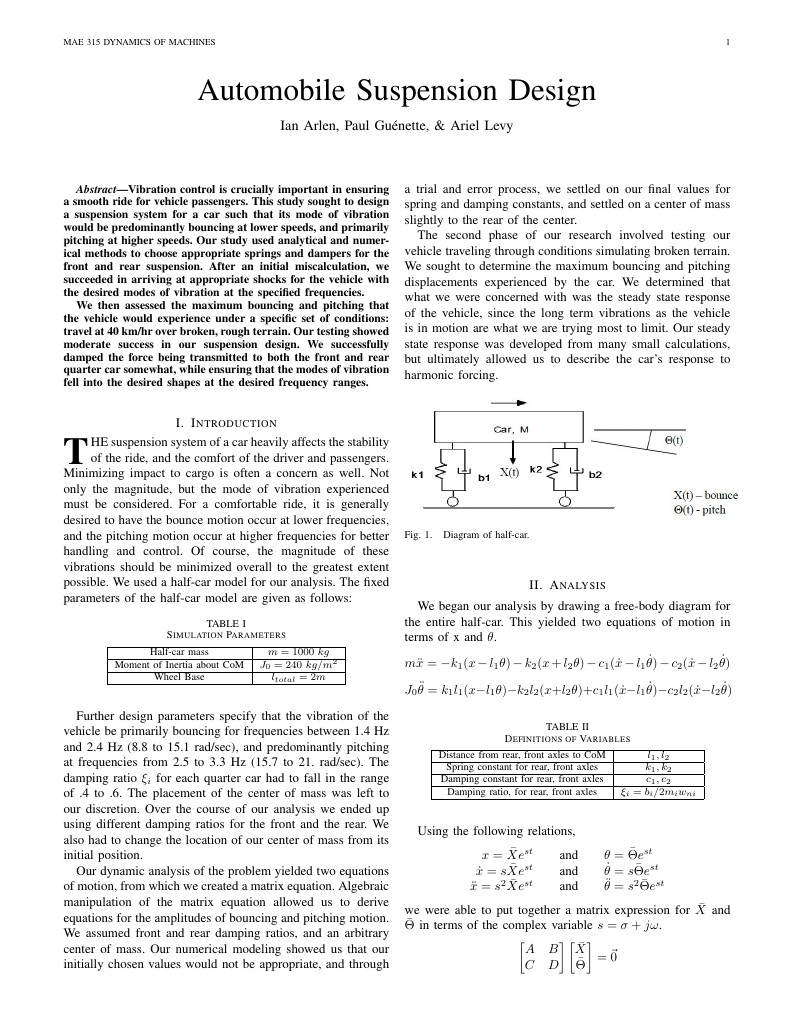
Vibration control is crucially important in ensuring a smooth ride for vehicle passengers. This study sought to design a suspension system for a car such that its mode of vibration would be predominantly bouncing at lower speeds, and primarily pitching at higher speeds. Our study used analytical and numerical methods to choose appropriate springs and dampers for the front and rear suspension. After an initial miscalculation, we succeeded in arriving at appropriate shocks for the vehicle with the desired modes of vibration at the specified frequencies. We then assessed the maximum bouncing and pitching that the vehicle would experience under a specific set of conditions: travel at 40 km/hr over broken, rough terrain. Our testing showed moderate success in our suspension design. We successfully damped the force being transmitted to both the front and rear quarter car somewhat, while ensuring that the modes of vibration fell into the desired shapes at the desired frequency ranges.
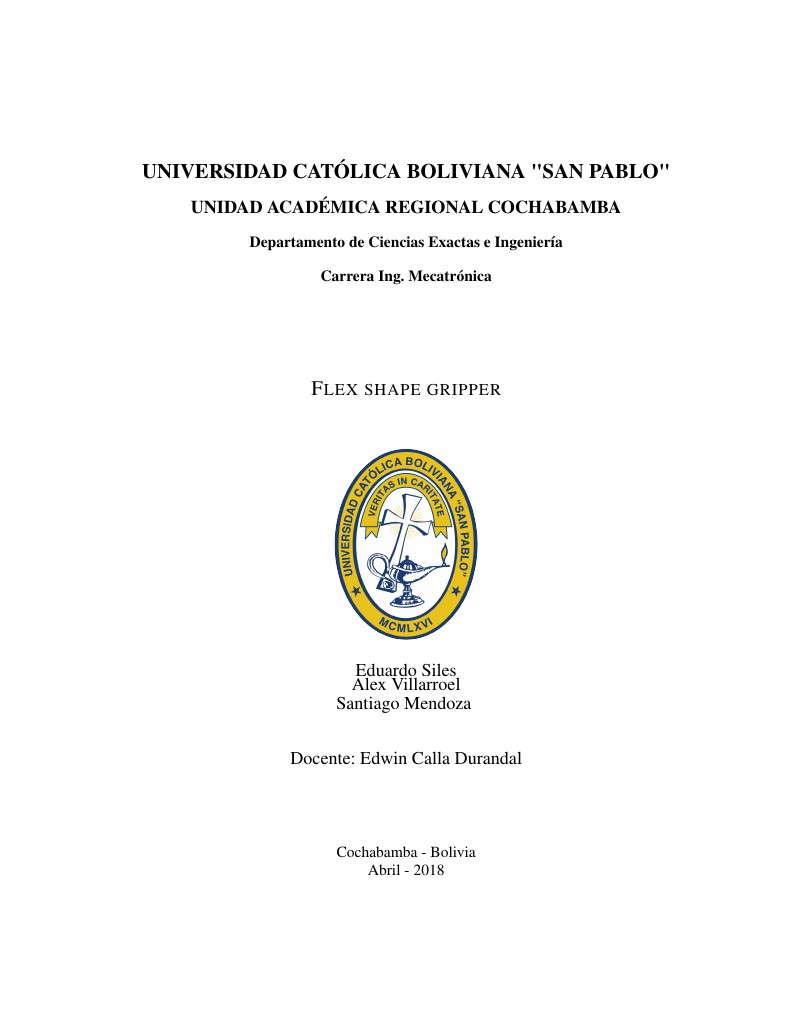
Este trabajo presenta la aplicación de un conjunto de articulos con propias teorías de los robots manipuladores y el modelamiento de pinzas. Para ello el brazo humano se modela como un robot manipulador redundante. En particular se aplica el concepto de índices de desempeño para predecir posturas óptimas del brazo durante la realización de tareas. En el estudio se incluyen tanto estructuras estáticas, como tambien los analisis de estabilidad del brazo y los materiales para su respectiva realizacion. This work presents the application of a set of articles with the own theories of the manipulative robots and the modeling of tweezers. For this, the bearing is modeled as a redundant manipulator robot. In particular, the concept of performance indices is applied to predict the optimal postures of the task during the performance of tasks. The study includes both static structures, as well as safety management analyzes and materials for their respective realization.
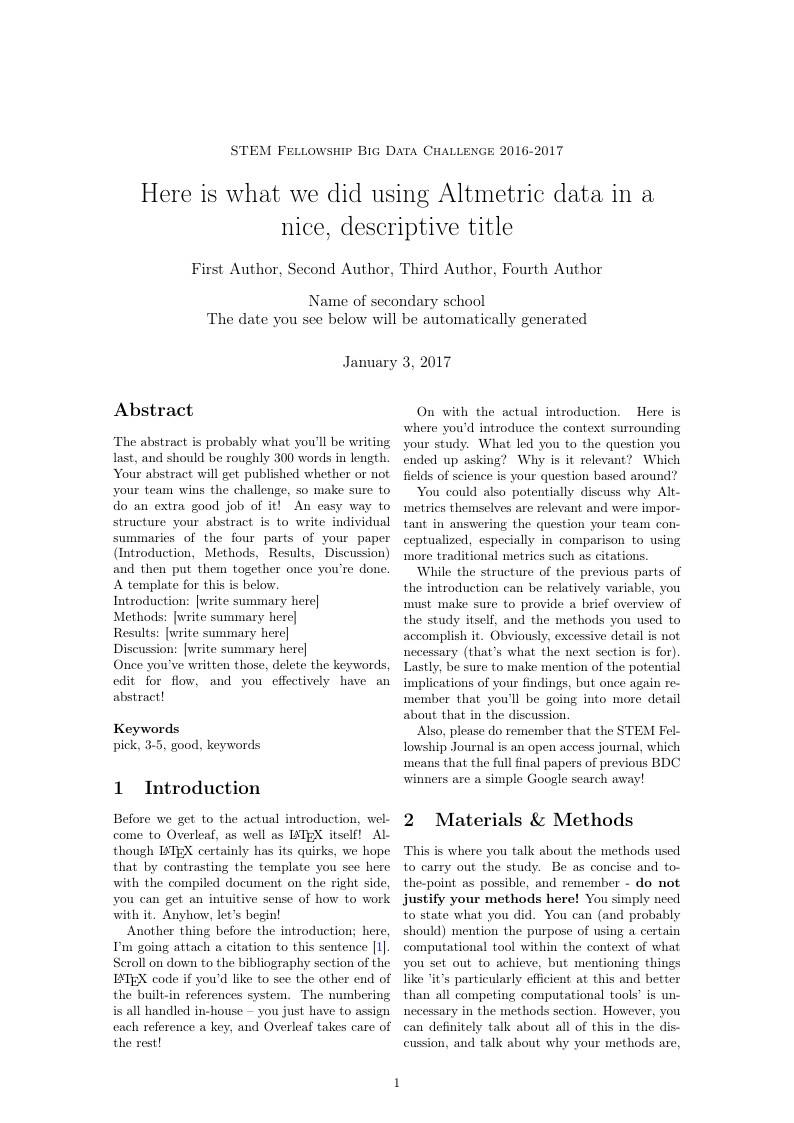
Now in its third year, the STEM Fellowship Big Data Challenge is a competition that helps high school students get excited about Data Science and its potential to support inquiry-based learning and problem solving.
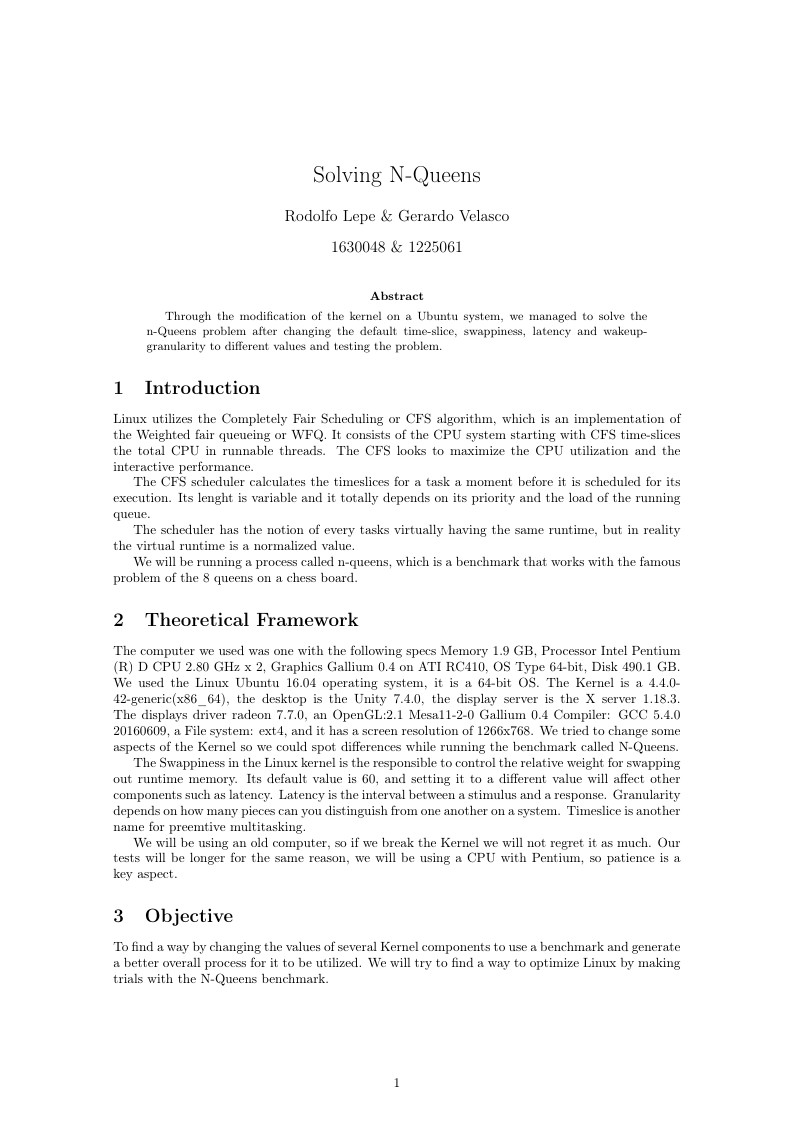
Through the modification of the kernel on a Ubuntu system, we managed to solve the n-Queens problem after changing the default time-slice, swappiness, latency and wakeup-granularity to different values and testing the problem.
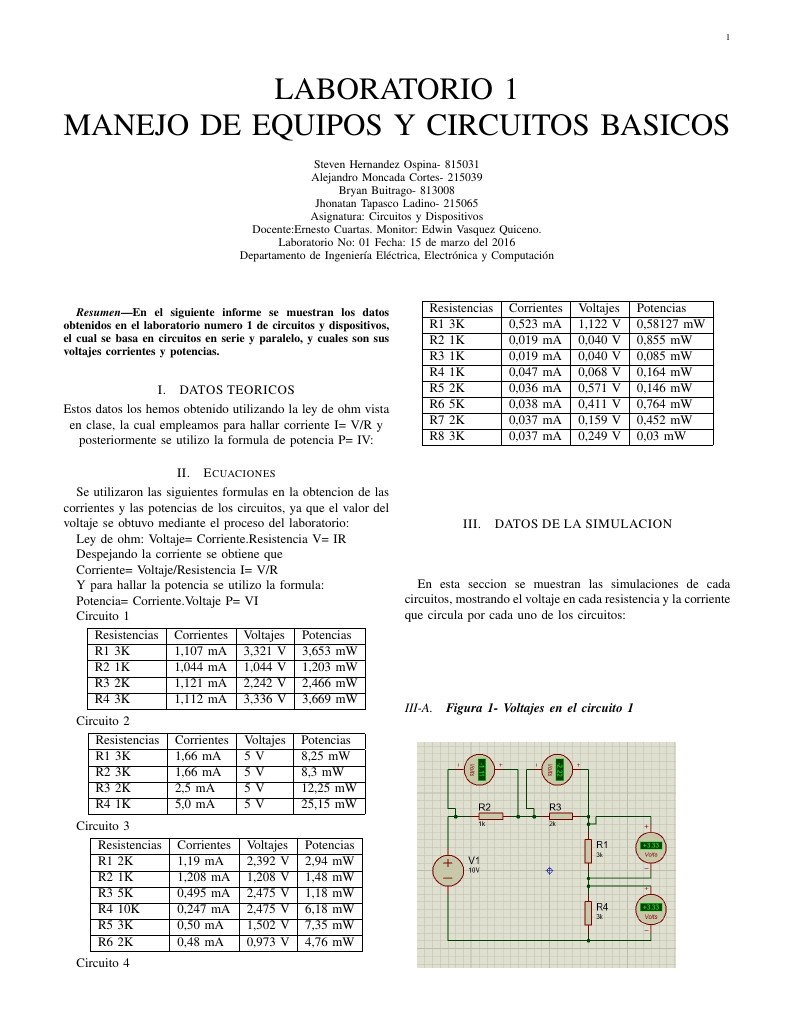
En el siguiente informe se muestran los datos obtenidos en el laboratorio numero 1 de circuitos y dispositivos, el cual se basa en circuitos en serie y paralelo, y cuales son sus voltajes corrientes y potencias.
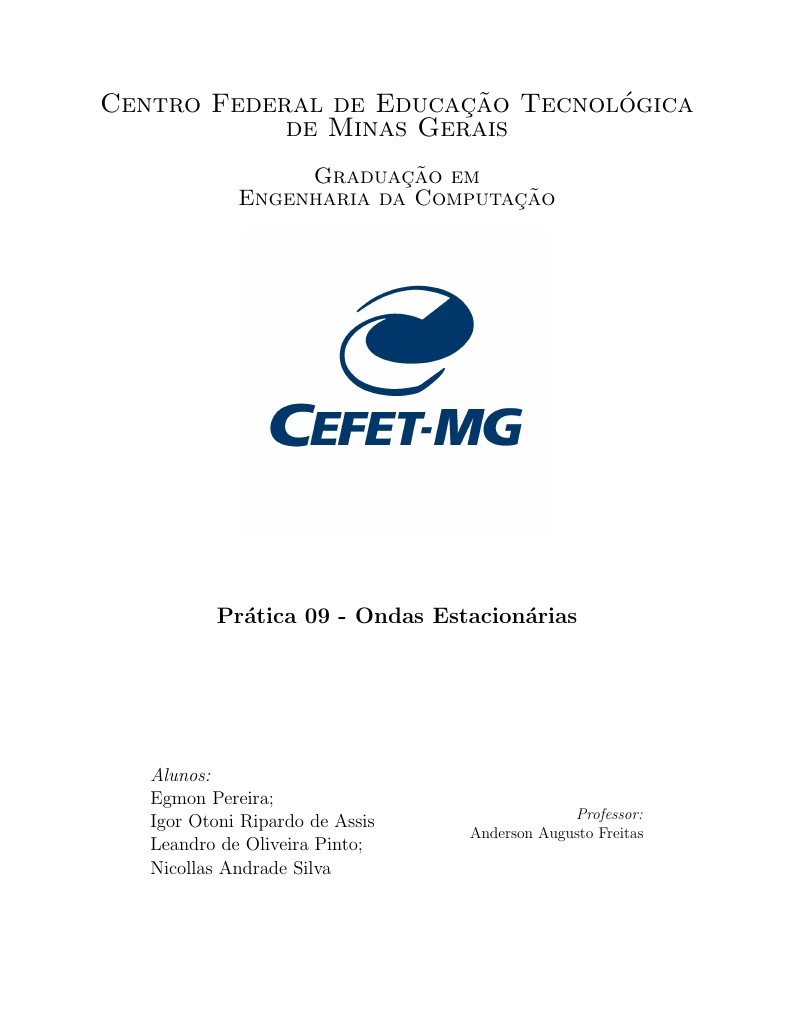
Relatório do Trabalho Prático nº 9 de Física Experimental II
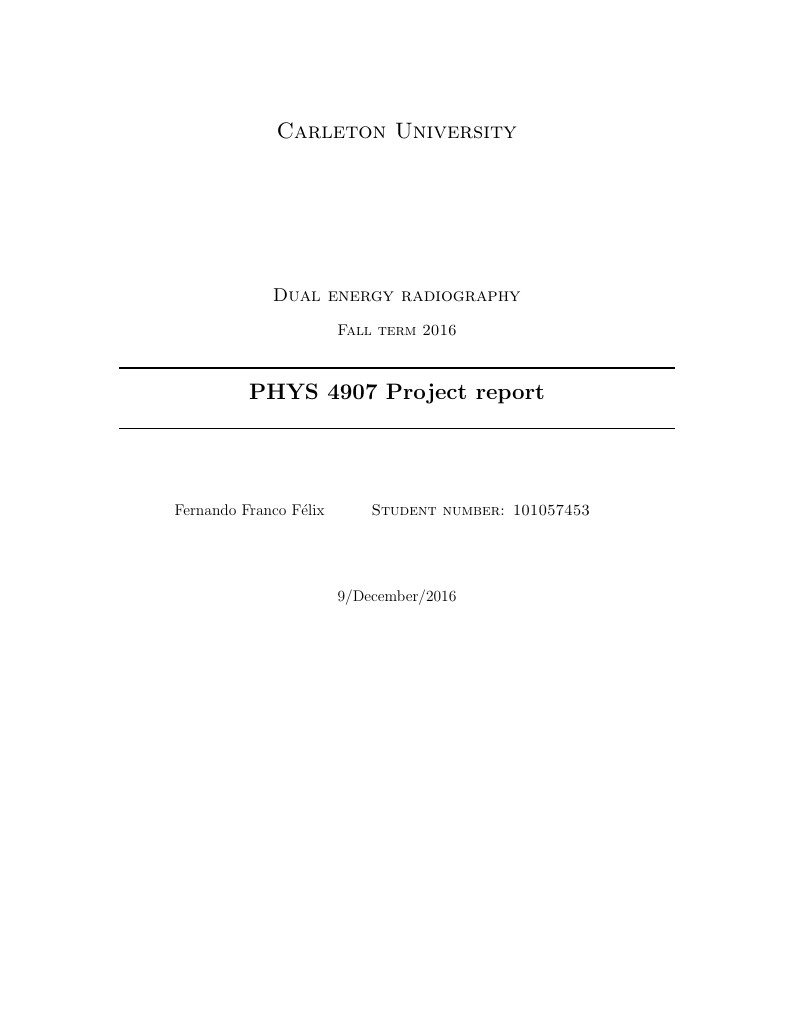
A dual energy radiography method using basis decomposition was developed, the process to do it is shown and it is compared against an alternate more direct method of analyzing the data using the logarithm of the original data, concluding that this second method does work but it is not better than basis decomposition.
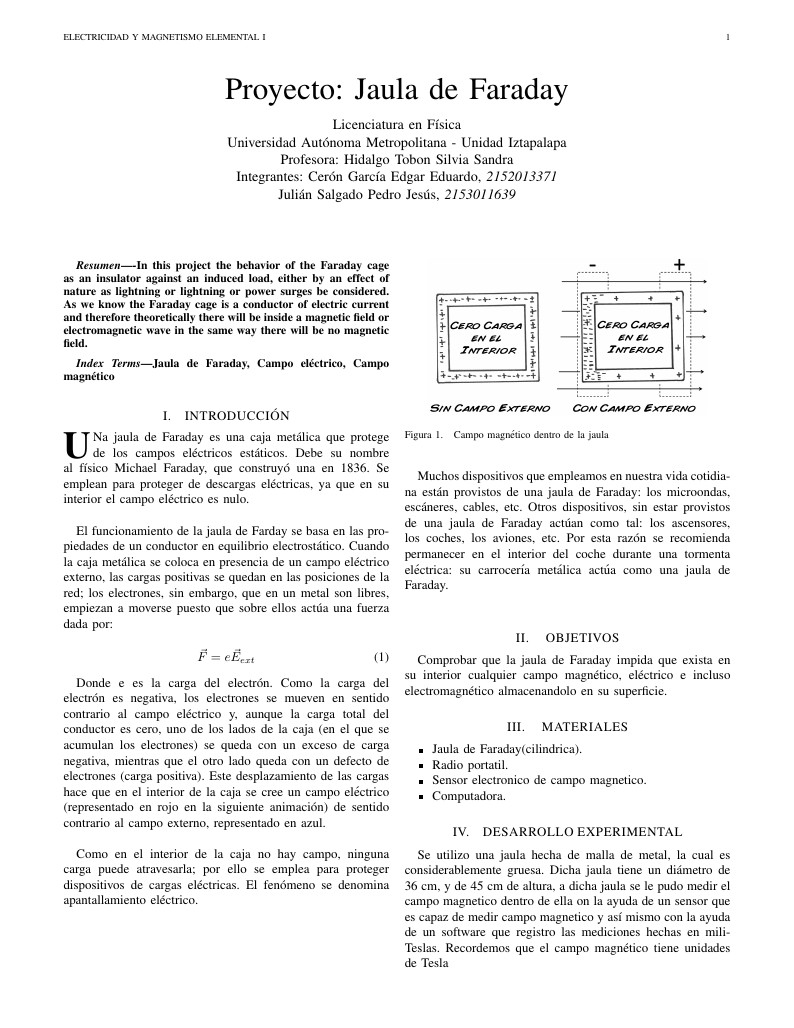
In this project the behavior of the Faraday cage as an insulator against an induced load, either by an effect of nature as lightning or lightning or power surges be considered. As we know the Faraday cage is a conductor of electric current and therefore theoretically there will be inside a magnetic field or electromagnetic wave in the same way there will be no magnetic field.
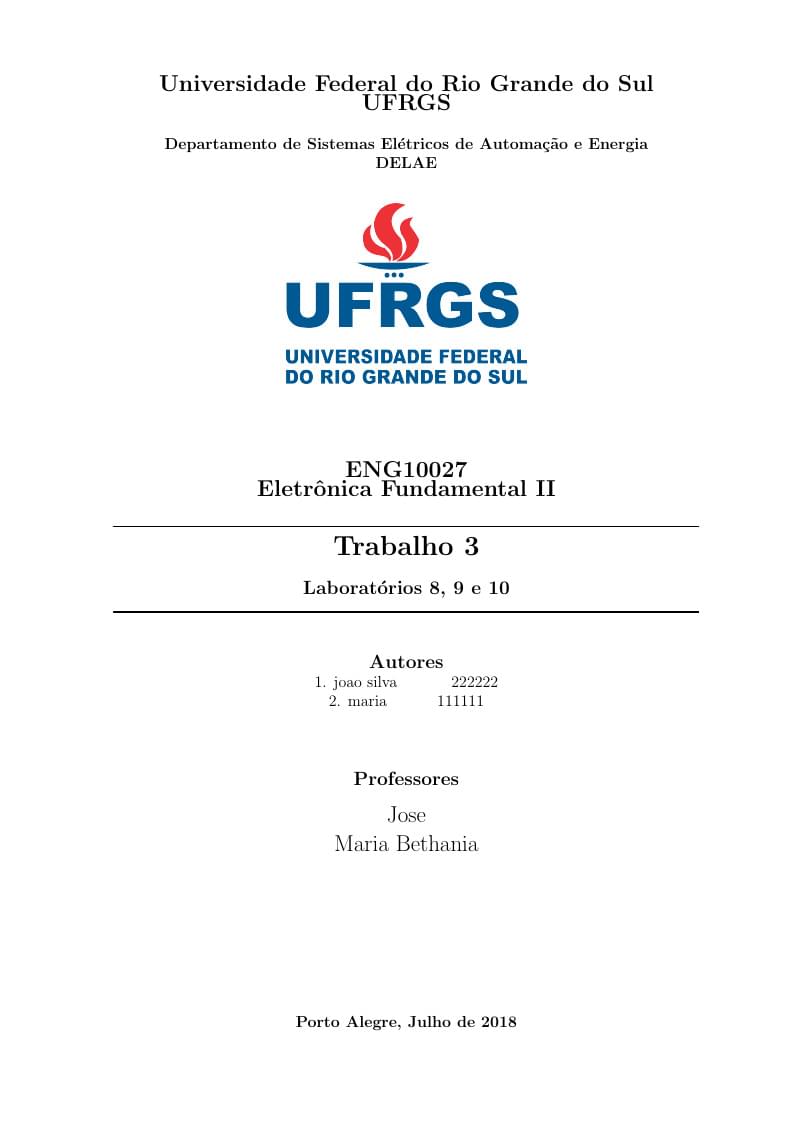
Relatório lab 7,8,9
\begin
Discover why over 20 million people worldwide trust Overleaf with their work.